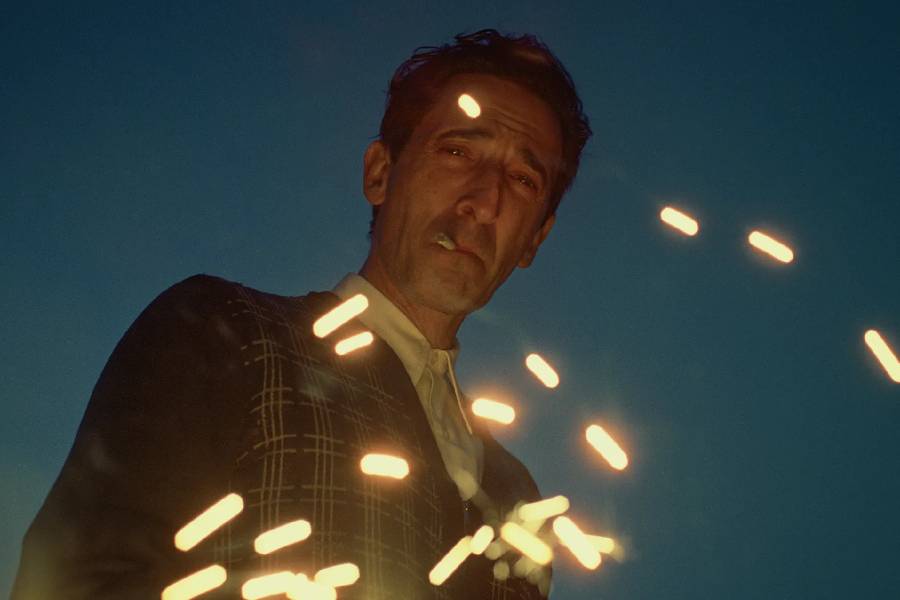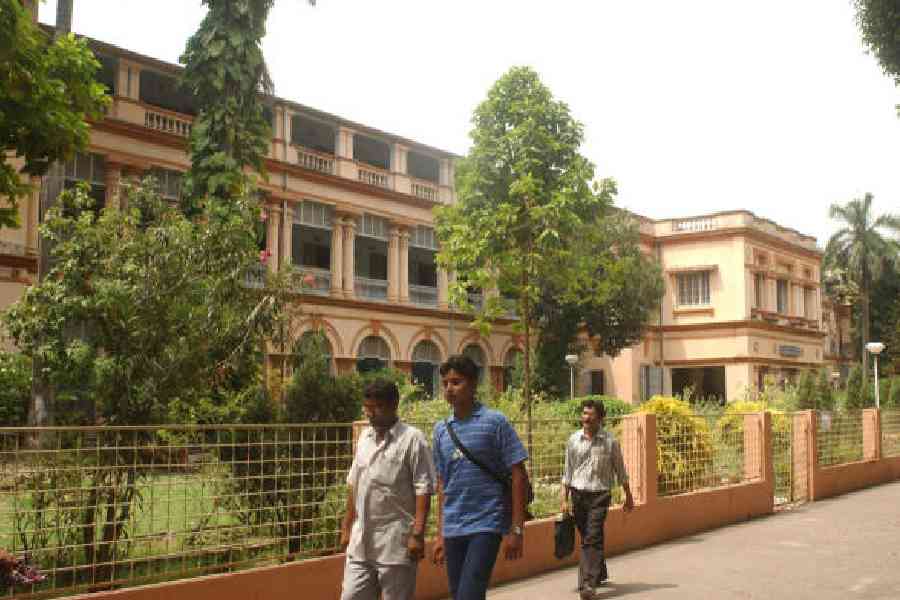Nominated for 10 Oscars, Brady Corbet’s The Brutalist is an architectural metaphor come to life. The film challenges the foundations of post-war America, where the raw beauty of brutalism is as much a reflection of the human spirit as it is of its physical environment.
With this three-and-a-half-hour epic, Corbet and his co-writer Mona Fastvold have built an art piece that feels like a reflection on the architecture of the soul itself. The film is about creation and destruction, ambition and despair, beauty and decay, seen through the eyes of a man who has lived through some of history’s darkest moments and must navigate a new world that is, in many ways, no less brutal.
At the heart of The Brutalist is László Tóth, a Hungarian architect — played by Adrien Brody with a fire and anguish that’s perhaps his best work to date — who is a survivor of the Holocaust. Arriving in post-war America, hungry for both sustenance and success, Tóth is a man of ambition.
Tóth’s rise happens not through humble, earnest toil, but through the patronage of Harrison Van Buren (Guy Pearce). Van Buren is the American capitalist dream in flesh — a figure of power and privilege who sees in Tóth a kind of raw genius he can control, someone who mirrors his own potential for success. At first, it’s a perfect match between the hungry European architect and the brash American plutocrat.
Impressed by Tóth’s remodeling of his library, Van Buren offers him a much bigger project: building a community centre to memorialise Van Buren’s late mother. But there’s something unsettling in the exchange, a sense that their fates are linked not by ideals, but by something darker and more volatile. Van Buren represents the American dream gone awry, a man who can appreciate art only insofar as it serves his own agenda. His initial delight in Tóth’s work is tempered by his own insecurities, particularly when it becomes clear that Tóth’s artistic vision transcends anything Van Buren could ever conceive.
The tension in The Brutalist doesn’t just exist between Tóth and Van Buren, but also between Tóth and his own sense of identity. His wife, Erzsébet (Felicity Jones), and orphaned niece Zsófia (Raffey Cassidy) are left behind in Europe, locked in a bureaucratic limbo that highlights the alienation Tóth feels in America.
This plays out on a grand scale — from the towering concrete structures Tóth seeks to create to the claustrophobic emotional spaces he inhabits. One of the film’s feats is its ability to portray this emotional dissonance through physical space. Cinematographer Lol Crawley and designer Judy Becker craft a visual world that is both expansive and suffocating, beautiful and ominous.
Yet, as much as The Brutalist explores the themes of alienation and cultural friction, it also shows the seductive nature of ambition and the dangerous pursuit of greatness. And as Tóth’s career reaches its zenith, the cracks begin to show not just in his relationships but in the very foundations of his creations.
The marble quarries of Carrara, which appear late in the film, become an almost mystical point of reflection, where the relationship between Tóth and Van Buren takes its final, irreversible turn.










